20 Kitchen Essentials That Suddenly Cost Way More Than You’d Expect
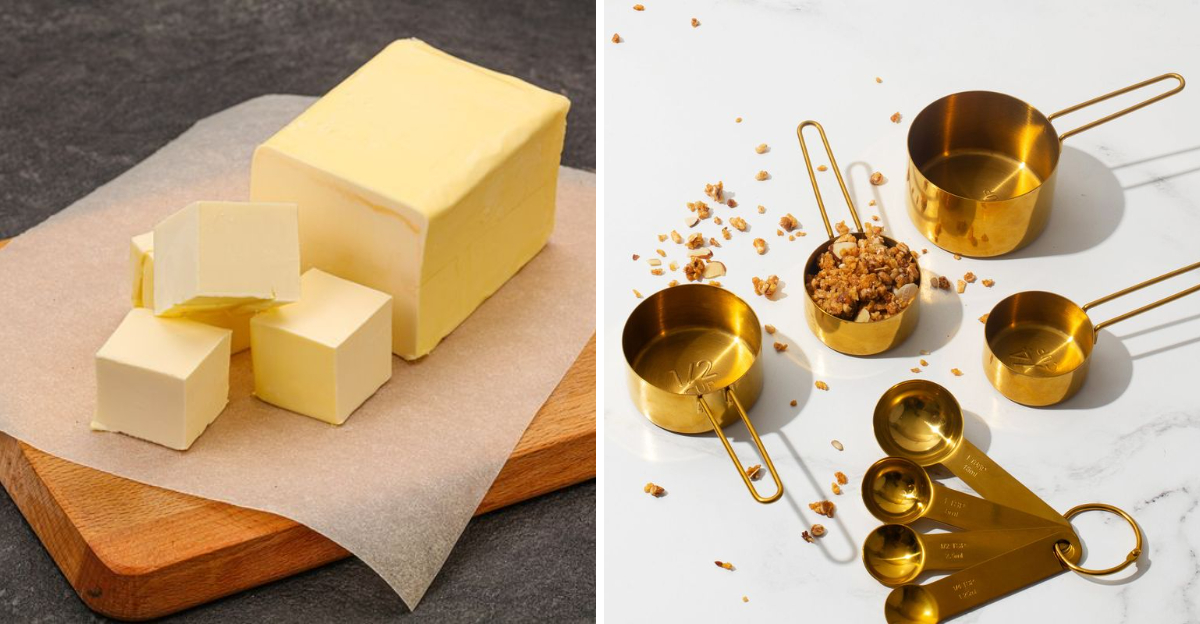
If you’ve been to a home goods store or scrolled through online kitchen supplies lately, you’ve probably felt the sticker shock. Items that used to be affordable basics have crept way up in price—sometimes without warning. Whether it’s because of rising material costs, supply chain issues, or just good old-fashioned demand, these everyday kitchen tools and ingredients are suddenly putting a bigger dent in your wallet. Here are 20 kitchen essentials that now cost way more than you’d expect.
1. Olive Oil
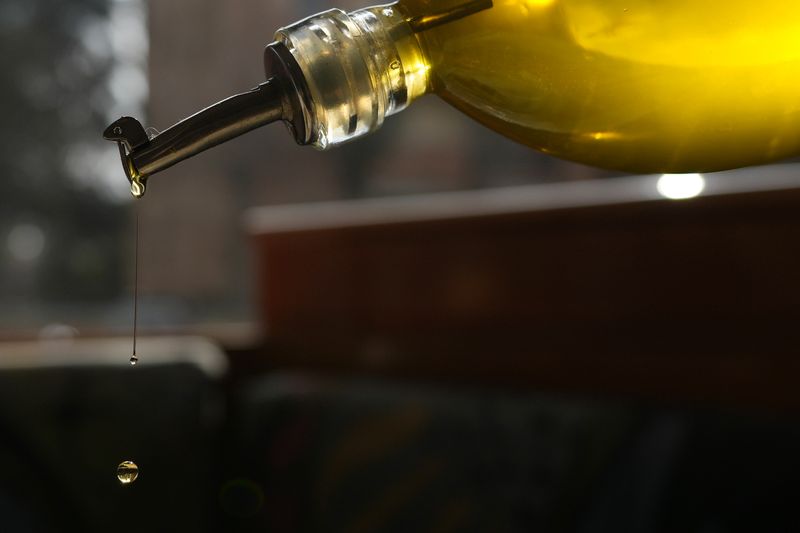
Olive oil, once a kitchen staple available at a low cost, has taken on a new identity as a luxury item. With premium brands priced between $15 and $25 per bottle, even generic versions have seen a significant price spike. Why this sudden change? A combination of factors, such as poor harvests, increased demand, and higher production costs, have all contributed to the rise.
This shift means that home cooks and chefs alike are rethinking their use of olive oil, savoring every drop. Some are even exploring alternative oils, though none quite match olive oil’s unique flavor profile.
2. Butter

Butter, the cornerstone of baking and cooking, has become more akin to gold in the culinary world. Prices have surged, making buttery pastries a more expensive treat than ever. The reasons behind this escalation include increased feed costs for dairy cows, labor shortages, and transportation hurdles affecting the entire dairy industry.
Home bakers now face tough decisions—should they splurge on the real thing or opt for substitutes? For those who cherish the rich, creamy taste of butter, the expense is reluctantly justified. As a result, butter has transitioned from an everyday commodity to a luxurious addition.
3. Eggs
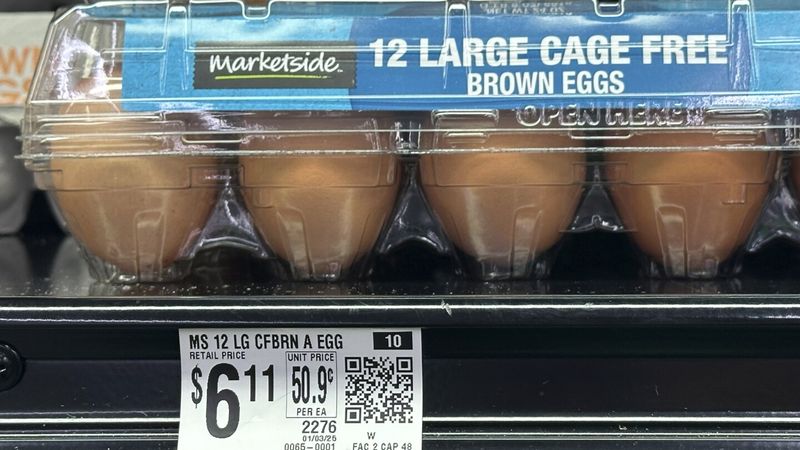
For generations, eggs have been a staple protein source, but recent times have seen them become less budget-friendly. Organic and free-range eggs, in particular, have skyrocketed in price, leaving shoppers scratching their heads. The reasons are varied, from avian flu outbreaks impacting supply to increased costs in feed and transportation.
This shift has prompted consumers to explore other protein options or reduce egg consumption altogether. While still a breakfast favorite, eggs’ newfound price tag has many reconsidering their kitchen staples, questioning if their omelets are worth the extra expense.
4. Vanilla Extract
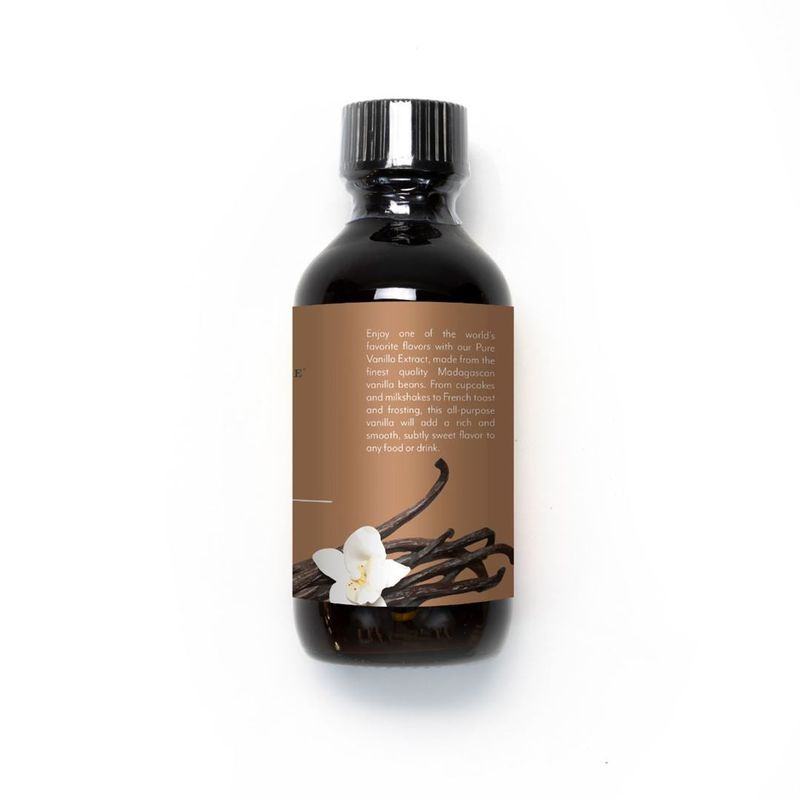
Once a humble addition to any baker’s pantry, vanilla extract now carries an unexpected price tag. Real vanilla, always known for being on the pricier side, has seen costs rise due to crop failures in Madagascar, the world’s largest vanilla producer. Even imitation vanilla isn’t immune to these price hikes.
Bakers are feeling the pinch, deciding whether to use vanilla sparingly or look for alternative flavorings. Despite its cost, vanilla extract remains an irreplaceable ingredient for its unique aromatic qualities, making many willing to pay the premium for their culinary creations.
5. Cheese

Cheese lovers worldwide are noticing their beloved dairy delicacies are hurting their wallets more than before. From shredded cheddar to blocks of Parmesan, cheese prices have been climbing steadily. Factors like rising milk costs, supply chain disruptions, and increased demand contribute to this phenomenon.
As cheese continues to be a favorite in numerous dishes, consumers are making challenging choices—reduce consumption, switch to cheaper brands, or accept the higher prices. Yet, for many, the taste and texture of quality cheese remain unmatched, justifying its place in their shopping baskets.
6. Cast Iron Skillets
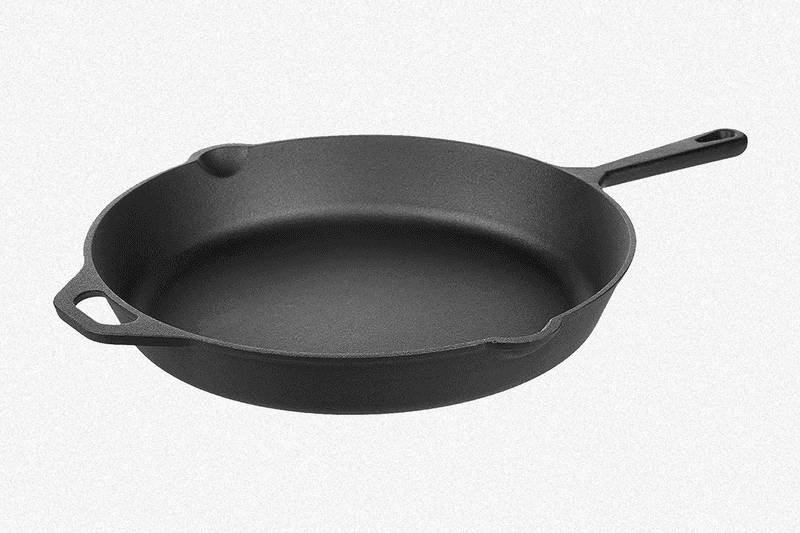
Cast iron skillets, celebrated for their durability and heat retention, have traditionally been a budget-friendly kitchen investment. However, even these sturdy kitchen essentials have seen a sharp rise in costs, with basic models now often priced above $40. What’s driving this increase? The rising cost of raw materials and manufacturing, coupled with their enduring popularity.
Despite the price hike, cast iron skillets’ longevity and versatility continue to attract cooks who view them as a long-term investment. Their ability to provide even heat and develop a natural non-stick surface remains unmatched in the kitchen.
7. Baking Sheets

Simple metal baking sheets, once considered a basic kitchen necessity, have seen prices double, especially those marketed as nonstick or commercial-grade. Rising production costs and increased demand are significant contributors to this trend.
Home bakers now face the decision of upgrading their old sheets or sticking with worn-out ones. Despite this surge in cost, baking sheets remain indispensable for those who love to bake cookies or roast vegetables, making them a vital kitchen tool worth the investment for many.
8. Kitchen Knives

Quality kitchen knives, essential for any serious cook, are seeing prices push well into the triple digits, even for mid-range sets. The reasons behind this inflation include the cost of stainless steel, manufacturing complexities, and rising demand for culinary tools.
Investing in good knives is still considered worthwhile by many, as they offer precision and durability for a range of tasks. For those who appreciate fine blades, the expense is justified, making them a cherished part of any kitchen despite the financial strain.
9. Mixing Bowls
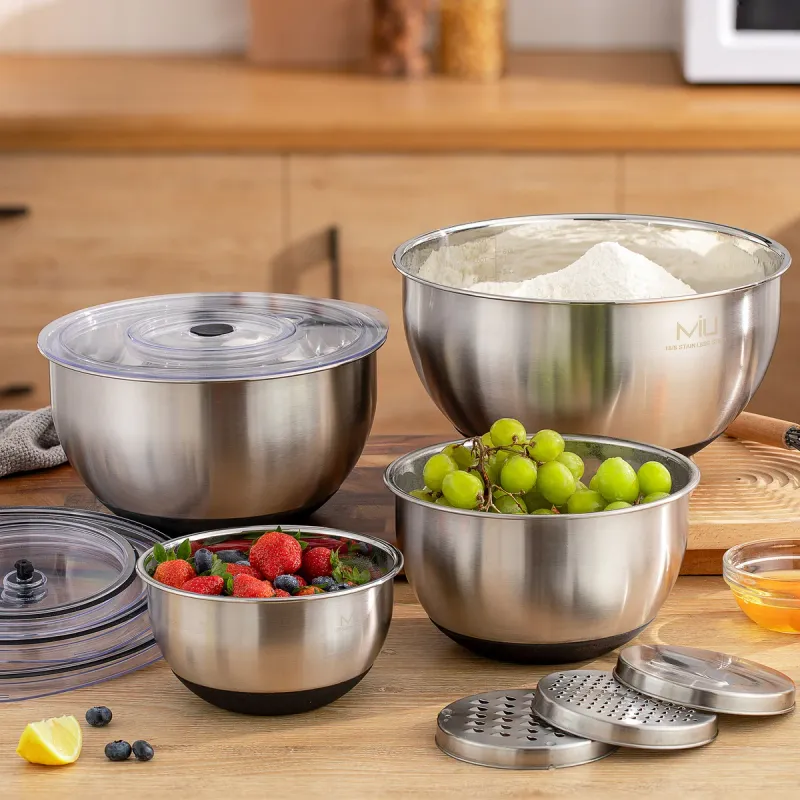
Mixing bowls, whether glass or stainless steel, have quietly climbed in price, especially those marketed as nesting or multi-purpose sets. Material costs and design innovations have contributed to these increased expenses.
For many home cooks, mixing bowls are more than just a place to combine ingredients—they’re essential tools that facilitate creativity in the kitchen. As prices rise, consumers evaluate their needs, deciding whether the convenience and quality justify the costs, or if improvisation with existing bowls will suffice.
10. Air Fryers
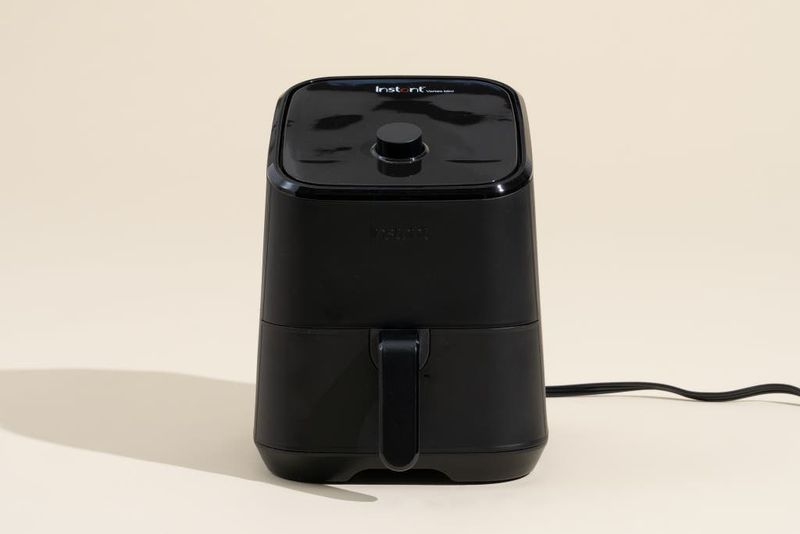
Once a trendy gadget, air fryers have solidified their place in many kitchens, but not without a cost. Prices for newer models continue to climb due to enhanced features and persistent demand.
Consumers are now considering whether these appliances are worth the higher investment, given their ability to provide healthier cooking options. While some may opt for older models or alternative cooking methods, the allure of crispy, delicious results keeps air fryers in high demand, even at a steeper price point.
11. Nonstick Cookware Sets
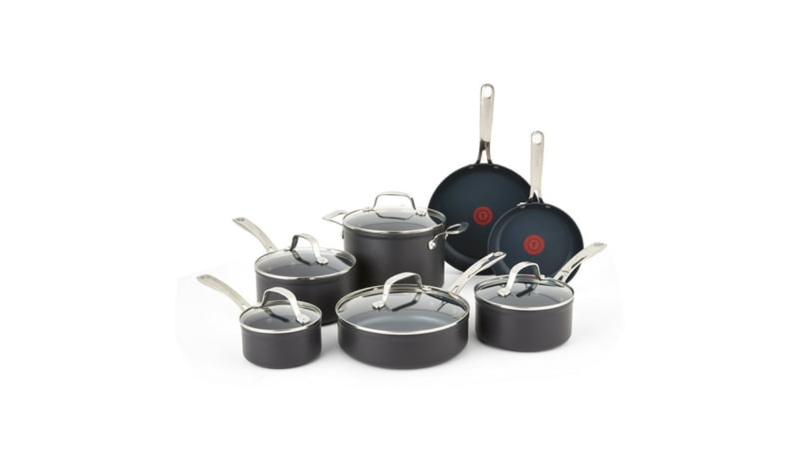
Nonstick cookware sets, known for their convenience and ease of use, are now significantly pricier than just a few years ago. Rising material costs, particularly for nonstick coatings, and growing demand contribute to this trend.
For those upgrading or replacing worn-out pans, the choice can be tough. While nonstick sets offer unparalleled ease in the kitchen, their increased price forces consumers to weigh the benefits against the financial outlay. Ultimately, many find the investment worthwhile for the convenience and cooking pleasure they provide.
12. Measuring Cups and Spoons
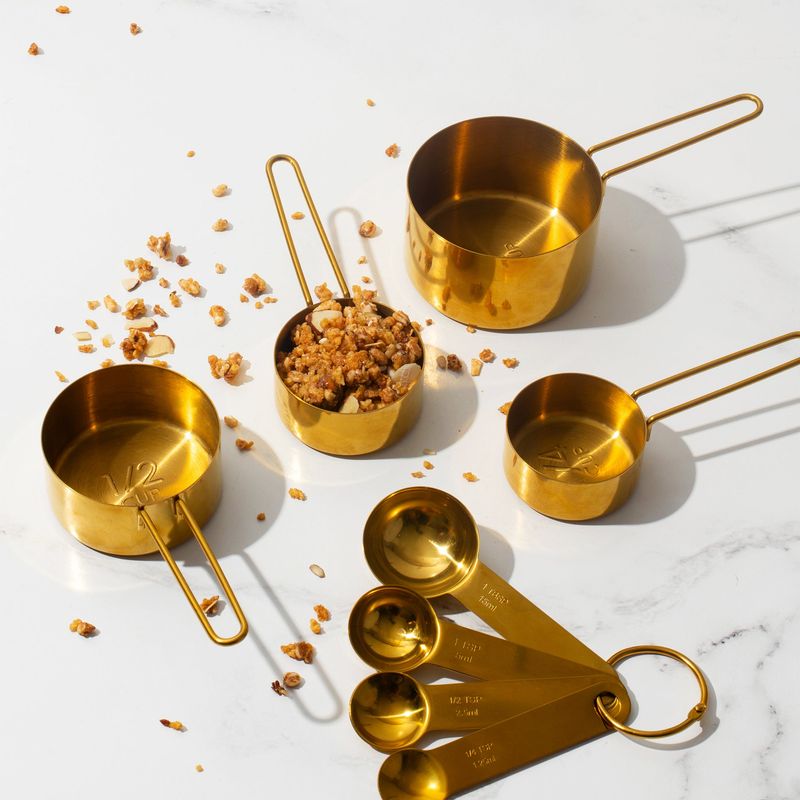
Measuring cups and spoons, once affordable kitchen staples, are now marked up like luxury items, particularly those made of stainless steel or ceramic. The combination of higher production costs and fashionable designs has led to this shift.
While some cooks may stick with plastic alternatives, others value the durability and precision metal sets offer. As prices rise, these tools are seen as investments in accuracy and longevity, essential for both novice and experienced cooks dedicated to culinary precision.
13. Spices
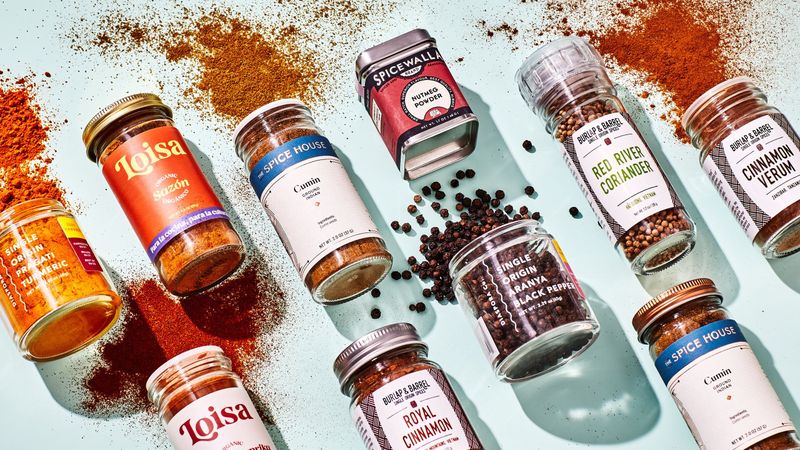
Even basic spices, like cinnamon and cumin, have seen cost increases, particularly from name brands. Factors such as importation fees, climate impacts on crop yields, and packaging costs all play a role.
For many, spices are the soul of cooking, indispensable for flavoring dishes. As prices rise, consumers face difficult choices—buy smaller quantities, try generic brands, or reduce spice usage. Despite this, the quest for flavor keeps these kitchen essentials in demand, often justifying their elevated prices for those passionate about cooking.
14. Dish Soap and Sponges
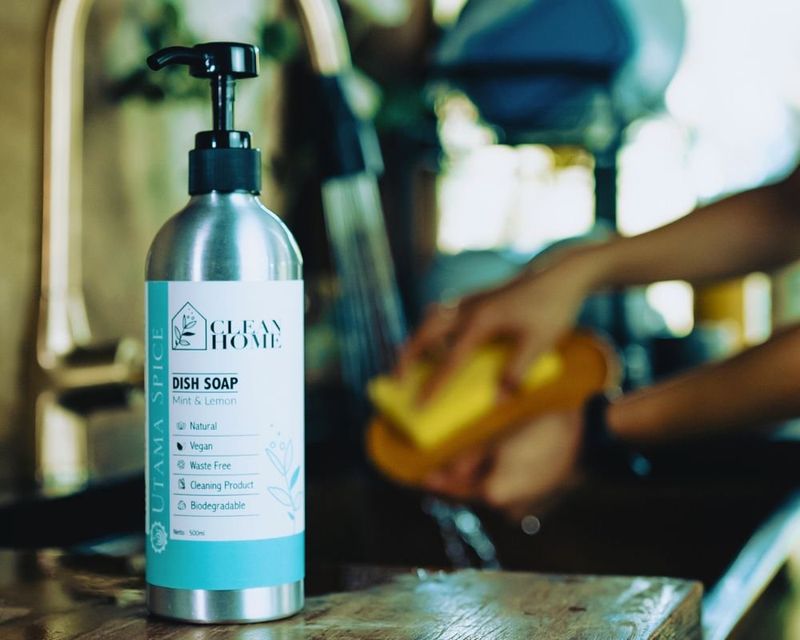
Dish soap and sponges, essential for maintaining kitchen cleanliness, have experienced noticeable price hikes. Eco-friendly or antibacterial versions are particularly expensive due to higher production costs and consumer demand for sustainable products.
While some may opt for basic versions, others are willing to pay a premium for environmental benefits or enhanced cleaning properties. This shift highlights a growing trend towards conscious consumerism, where the cost of cleanliness reflects broader values beyond merely washing dishes.
15. Food Storage Containers
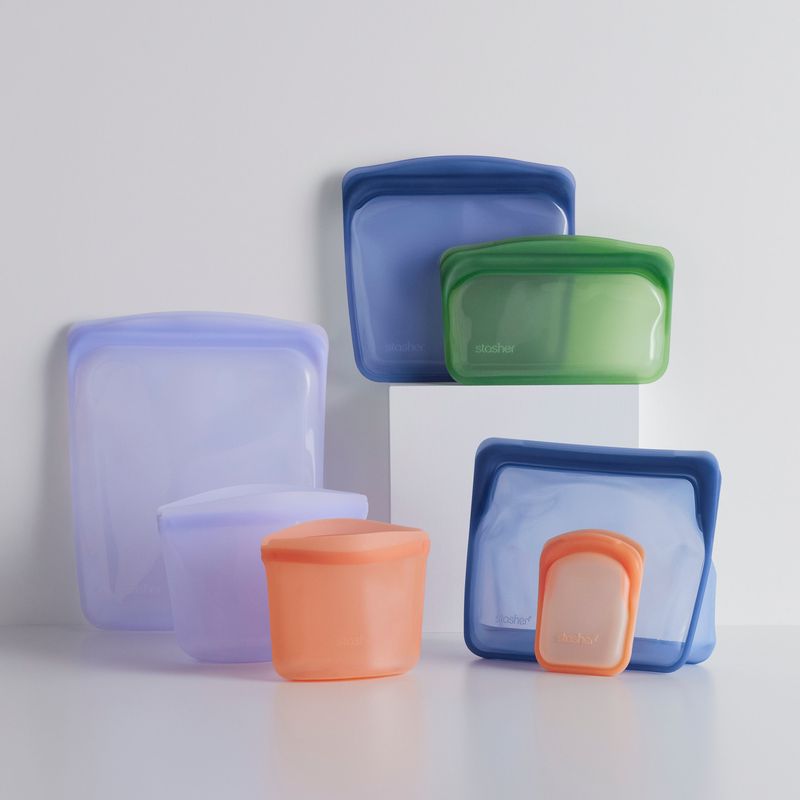
Food storage containers, whether glass, plastic, or silicone, have seen prices quietly rise. BPA-free materials and airtight features contribute to these increased costs, as consumers prioritize safety and freshness.
As these containers are pivotal for preserving leftovers and organizing pantries, their value extends beyond mere convenience. Despite higher prices, they remain essential for many, who view the investment as a commitment to reducing food waste and maintaining an organized kitchen environment.
16. Flour and Sugar
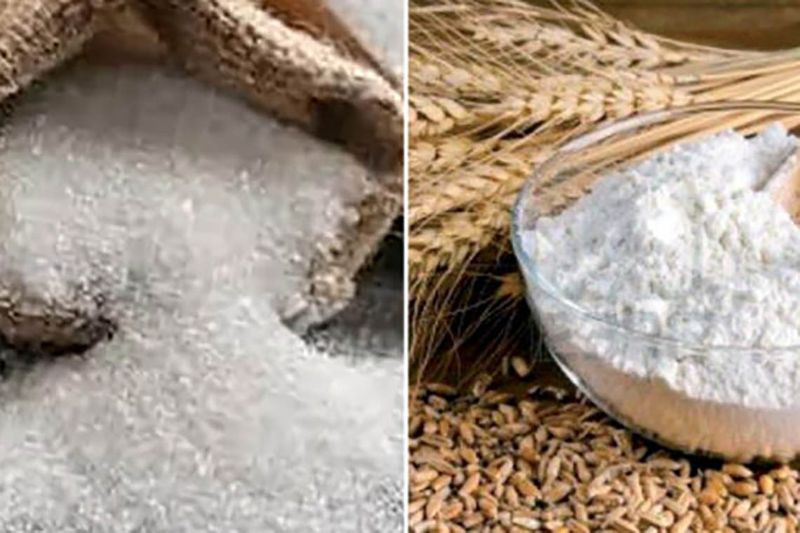
Flour and sugar, foundational baking ingredients, have become more expensive, with bulk bags no longer offering the savings they once did. Factors such as increased farming costs, climate changes, and transportation expenses play into this shift.
Bakers, whether professional or hobbyist, must now budget more carefully for these essentials. While the cost may curb some spontaneous baking endeavors, the demand for these pantry staples remains strong, underscoring their irreplaceable role in culinary traditions worldwide.
17. Cutting Boards

A good cutting board is a kitchen essential, but prices have doubled, especially for bamboo or antimicrobial varieties. This surge is driven by material costs and a growing focus on sustainability.
For many, the right cutting board is crucial for food preparation, and the expense is viewed as an investment in quality and longevity. As consumers become more conscious of their kitchen tools, the demand for high-quality cutting boards continues, even at elevated prices.
18. Coffee Makers

Coffee makers, from simple drip machines to advanced pod systems, have not escaped the trend of rising costs. Factors include the price of raw materials and technological advancements.
For coffee enthusiasts, their brewing equipment is more than a tool—it’s a part of their daily ritual. As prices increase, many are faced with the decision of upgrading to newer models or maintaining their current setups. Despite the cost, the pursuit of the perfect cup keeps coffee makers in high demand.
19. Dish Towels and Oven Mitts
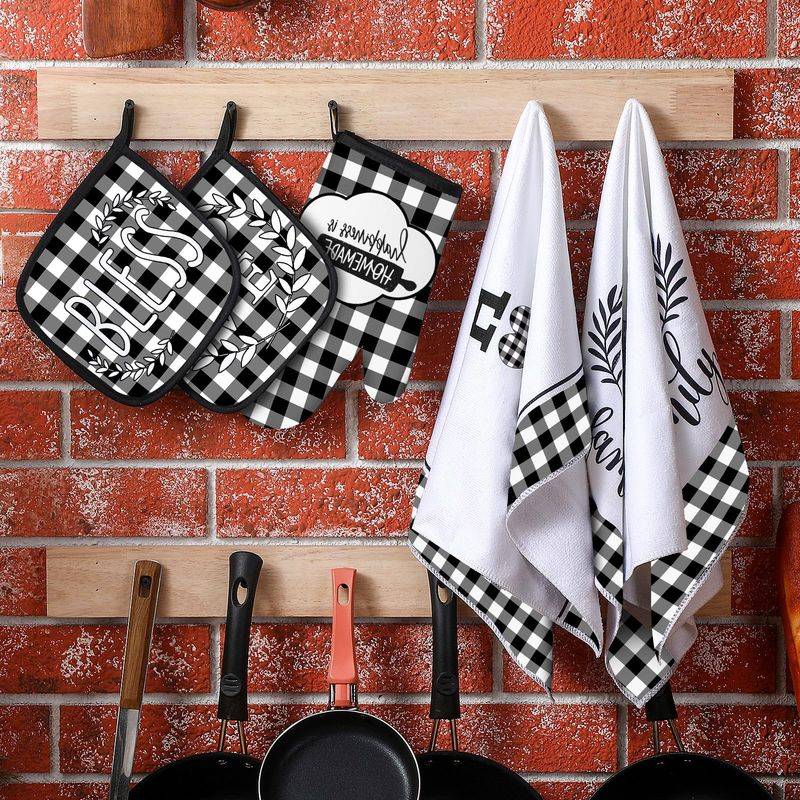
Once simple checkout-lane items, dish towels and oven mitts now resemble boutique décor, with prices to match. This increase is driven by fashionable designs and enhanced materials.
For those who appreciate the blend of form and function, these kitchen textiles are worth the splurge. While some may view them as purely decorative, others see them as essential tools, integral to the kitchen experience, reinforcing their newfound status as premium items.
20. Aluminum Foil and Parchment Paper
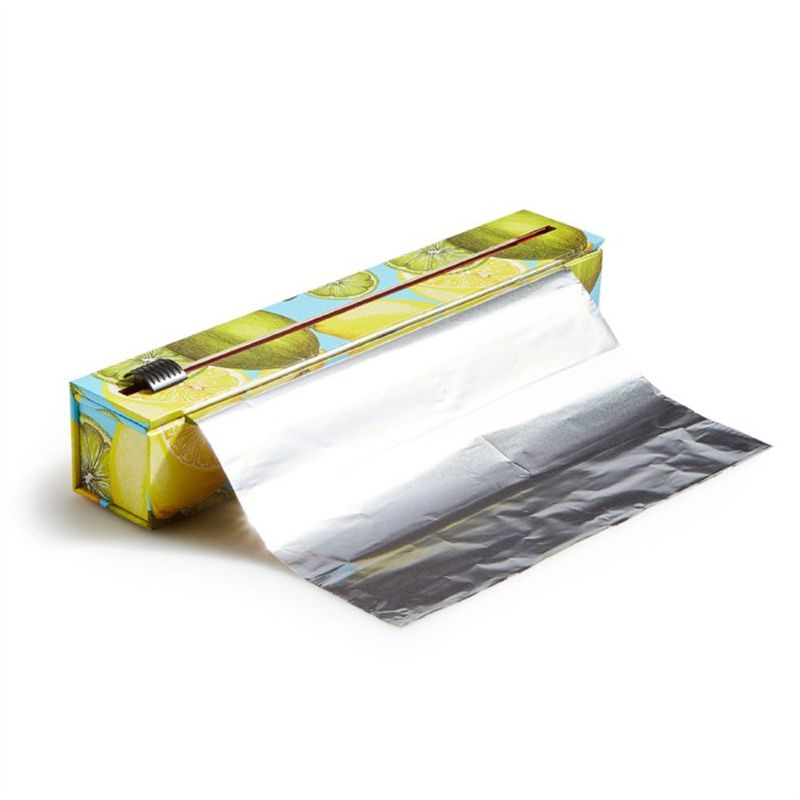
Pantry basics like aluminum foil and parchment paper now feel like premium purchases, with some brands charging nearly $10 for a single roll. The reasons include production costs and increased demand.
For many, these items are vital for cooking and baking, making the cost a necessary part of their culinary toolkit. Despite the rise in prices, their utility in ensuring perfect cooking results maintains their status as essential kitchen staples.
